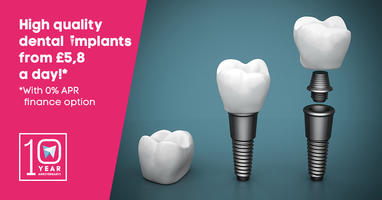The advent of rap culture has brought attention to an unlikely facet of dentistry, namely the use of gold and precious metals in dentistry and specifically, in artificial teeth and crowns. Below is a description of how and when gold can be used n the mouth, and what purposes it can serve. It is an option that is available in most dentistries, but please be aware that very few dentistries have stockpiles of gold in them, and the gold very often will have to be purchased separately. Now without further ado, let’s see what bling can do in the world of dentistry!
Terminology
First, let’s see what can and cannot be done with gold. Many people come asking for gold fillings, this is a misconception. Fillings CANNOT be made of gold, under any circumstances. Veneers are also never made of gold, as a thin layer of gold will deteriorate very quickly, and is not a worthwhile investment. Only crowns and inlays or onlays, or even overlays are made of gold.

The benefits of gold
Flexibility: Gold is a soft precious metal, meaning it is not hard, and not brittle. The material is relatively flexible, but hard enough to secure a layer between the dental nerve and the outside world, but does not risk breaking or shattering. The flexibility of gold makes it durable and tough, and makes it last a really long time.
Non toxic: While amalgam eventually starts to leach mercury into the bloodstream, and tooth coloured composite gradia will start to leach BPA, gold simply will not leach. It does not interact with saliva, and does not start to shrink or become even slightly dissolved in human spit.
Durability: Because of the above mentioned two properties, crowns and onlays made from gold stay good for a very long time. They will not break and will not shrink, and will stay intact for a longer period of time than your average garden variety porcelain crowns or onlays (this depends on the type of porcelain used, of course).
Aesthetically pleasing: Gold remains shiny and pretty for a long time. It does not become discoloured in the way that porcelain does, and can resist stains better, because it is non reactive. It is also a metal, so it never loses its shine, and will never become dingy and worn looking.
Crowns and onlays
Crowns are usually made of solid gold, and are just the artificial replacement of the visible portion of your tooth. Inlays are parts of the tooth that are missing but are too big to be solved with a filling (typically cusps). Onlays are when the entire top or side of the tooth is missing, and overlays are when an entire surface and its surroundings are compromised. All of these can be made with gold.
image: 1.

